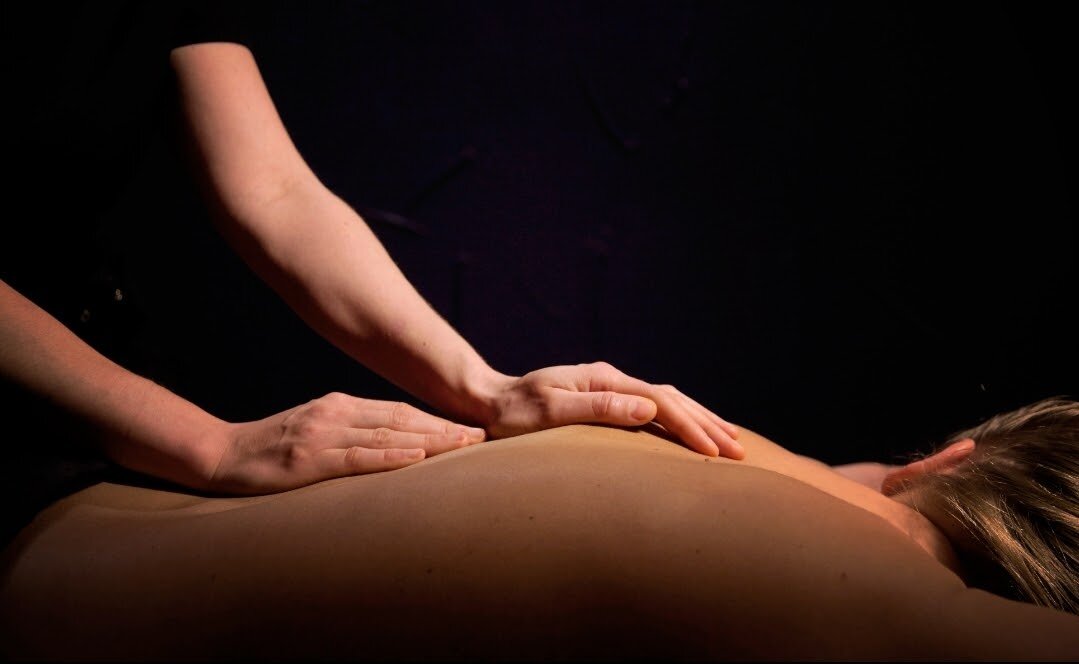what to expect
Shannon has been a licensed massage therapist in Oregon since 2009. For more then a decade, Shannon has worked diligently to develop her craft. She’s had the opportunity to provide therapeutic massage therapy in both the medical setting and in tranquil environments. Her passion today is to provide a truly blissful experience of both therapy and relaxation. Her ultimate goal is to provide an experience that leaves you feeling rejuvenated and at peace, ready to face life with renewed body, mind and spirit.
I offer massage for both relaxation and treatment work, specializing in Swedish, Deep Tissue and Trigger Point Therapy. I enjoy working with clients at every age and stage in their lives. Deep work does not need to hurt to be effective. Treatment work is intense, but crossing the line into a painful experience will trigger the body's trauma response, which is counterproductive. I believe in the body's wisdom and ability to heal itself. My role as a massage therapist is merely to assist the body in its own natural ability to attune and achieve homeostasis,
I believe in the benefit of a traditional, relaxation massage. In this day and age, massage therapy is evolving and somewhere along the way, it has been forgotten, the importance and sanctity of a traditional relaxation massage.
Relaxation massage focuses on giving the client time to recover from the stresses of daily life. When you experience relaxation massage, you can expect a treatment that involves: Long smooth gliding strokes that are rhythmic and flowing, pressure that is deeply relaxing, but not painful, designed to soothe and support you.
deep tissue vs. swedish massage
While I offer both Swedish Massage and Deep Tissue Massage, it is important to understand the differences and benefits between Deep Tissue and Swedish Massage.
Swedish Massage is given to increase blood circulation, ease tension in the body’s muscles, and improve the muscles’ flexibility. It stimulates the skin as well as the nervous system to soothe the nerves, reducing both emotional and physical stress. In fact, massage is a staple in most stress management programs. A Swedish massage is given to help with increasing the flow of oxygen in the blood, releasing toxins from the body’s muscles flushing the lactic acids, uric acids, and other type of metabolic wastes out of the body tissues. It can really shorten the recovery time for a muscular strain!!
There are five primary strokes involved in Swedish Massage. They are the effleurage, petrissage, friction, tapotement and vibration.
Effleurage strokes are long flowing strokes that allow the Swedish Massage therapist to spread the lubricant and feel the muscle tone.
Petrissage is a kneading stroke that lifts and squeezes the tissue and it helps flush out metabolic waste in that area.
Friction is a strokes that involves fast short movements to create heat. This is good to bring blood flow to that area and is great for loosening ligaments.
Tapotement is a series of light blows to the body designed to relax a muscle. This is the stroke most people are familiar with and sometimes looks like alternating karate chops.
Vibration is a stroke that is used to create movement in the entire body and when done properly, is very relaxing.
Deep Tissue Massage is a type of massage that aims at affecting the deeper tissue structure of the muscles. It also affects the connective tissue,known as Fascia. Deep Tissue Massage helps with both small muscle injuries as well as chronic problems. Deep tissue massage is an excellent way to deal with a whiplash or sports injury, postural misalignment, treating spasms as well as muscle tension.
Using Deep Tissue technique, the therapist concentrates on releasing specific chronic muscle tension as well as the muscular knots, or adhesions. Deep Tissue Massage is a series of slow, specific and deliberate strokes and is best suited for postural deviances and abnormal muscle tone.
During a Deep Tissue Massage, the massage therapist will choose between several strokes depending on muscle type, size and condition. Often times, the massage therapist will “hook in” and start a slow strip down the muscle. A “tuned in,” massage therapist will never force pressure into the muscle. They will continue to apply pressure until the muscle pushes back against them. The muscle will then slowly begin to release and allow the therapist to move along it. The pressure should reside in that sweet spot between, “feeling great,” and “it hurts so good.” If it goes beyond the “hurts so good,” then it becomes counterproductive due to the body’s natural response to tense up.
Both Swedish Massage and Deep Tissue Massage techniques, supports the revitalization of stressed muscles and resets the muscle memory to a healthy status.








